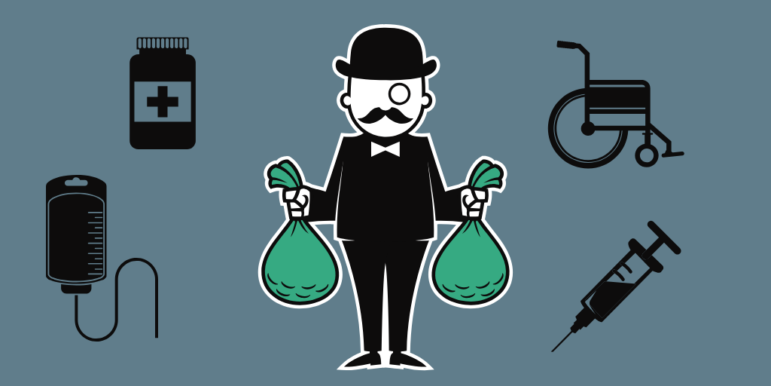In January 2021, a new government rule went into effect, mandating that hospitals make their prices for all services publicly available. Ideally, this policy will make it easier for patients to find the most affordable options for hospital services, although compliance with the rule has been spotty so far.
Now insurance companies are facing a similar requirement. In July 2022, insurers became subject to another government regulation around price transparency. They now have to publish their negotiated rates to everyone they pay: hospitals, surgery centers, doctors, labs, etc. They also have to include the amount they paid for out-of-network care.
Too much data?
The good news is that insurers, unlike hospitals, complied with the rule very quickly (the high penalties for noncompliance likely played a role). The bad news is that the amount of data is too massive for pretty much anyone to use.
Alec Stein, a data administrator at software company Dolthub, estimates that there could be one trillion prices posted from insurers. For just ten insurers, the amount of data is larger than “the Library of Congress, the LibGen catalog, the full uncompressed English Wikipedia, and the entire HD Netflix Catalog — combined,” Stein writes.
While some healthcare data shops like Turquoise Health are able to utilize these files, the average consumer would have an incredibly hard time deciphering the data.
“There’s just an incredible amount of frustration. CMS really needs to rewrite the requirements here, otherwise it’s never going to achieve the policy goals that were laid out by the administration,” said Sabrina Corlette, co-director of Georgetown University’s Center on Health Insurance Reforms, in Modern Healthcare.
Experts like Corlette have proposed changes to make the data more usable. CMS could standardize the requirements for machine-readable files–as they have done for hospitals— so that the same coding and naming conventions are being used. They could also require insurers to provide the data in subfolders or smaller files to make them more accessible for researchers.
Next year insurers will be required to publish what patients should expect to pay out-of-pocket for 500 “shoppable services” such as knee replacements or MRI scans, which is designed to make this data more usable for patients.
The role of transparency
We need more than just transparency to make our healthcare “market” function. But this is a step in the right direction, because it shines a light on the extreme and arbitrary variation in prices among hospitals and insurers. For example, the Wall Street Journal used this data to compare the cost of an ER visit at hospitals in the Boston area and found huge differences even for patients with the same plan.
In JAMA, researchers used price transparency data to compare prices of common cardiovascular tests and procedures at some of the most prestigious U.S. hospitals. They found that the median price of common tests such as an echocardiogram or stress test ranged from a few hundred dollars to thousands, depending on the hospital. For example, the median insurer-negotiated price of a stent or balloon angioplasty was $657 at the Cleveland Clinic but $25,521 at Cedars-Sinai hospital.
Socially responsible hospitals should not overcharge their patients. We look forward to having more usable data from both insurers and hospitals, to highlight hospitals that are providing care at a great value, and where there is room for improvement.
